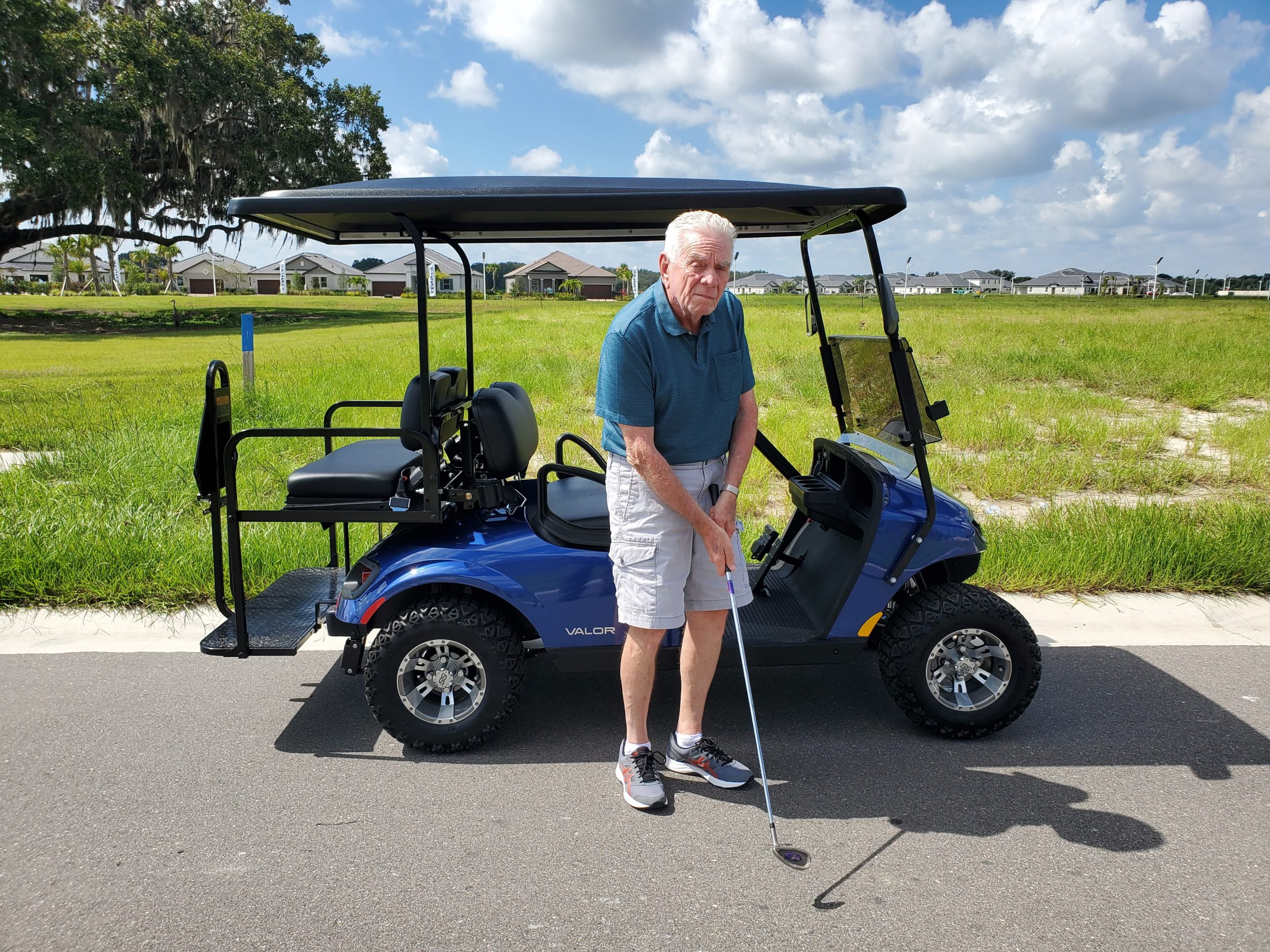Life after Rehab and Home Health: Encouraging Safe and Active Aging
“If you don’t make time for your wellness, you will be forced to make time for your illness.”
Life was good until you ended up in the hospital after a fall, medical emergency, a surgery, or even COVID-19. You thought that you were doing well enough to manage the rest of your life without any health complications yet here you are – discharged from occupational and physical therapy without achieving the outcomes you expected and a pile of exercise handouts to follow so you can get your strength back. Sounds easy but being consistent, safe, and compliant with a home exercise program is not as easy as it sounds.
The Challenge of Adherence
Adhering to a prescribed exercise program is not always easy. Studies show that as many as 50% of individuals struggle with poor adherence to their exercise routines. Even those who diligently perform exercises may not achieve the desired results if they have suboptimal technique. Non-adherence can make home exercise programs less effective and potentially prolong recovery time. Recognizing these barriers is essential to overcome them and ensure long-term success.
Prioritizing Physical Activity
As we age, our priorities must shift towards maintaining or improving muscle fitness and cardiovascular endurance to reduce the risk of falling or incurring catastrophic injuries. Physical activity plays a vital role in preventing disabilities and diseases among older adults. Engaging in regular aerobic, strength, flexibility, and balance exercises can significantly reduce the likelihood of cardiovascular disease, hypertension, diabetes, osteoporosis, obesity, anxiety, depression, impaired sleep, and unhealthy weight gain.
Sustaining Consistency
After being discharged from home health or outpatient therapy, it is essential to find ways to maintain consistency in your exercise routine. While self-training and self-motivation are options, they may not provide the necessary supervision and feedback to ensure safety and effectiveness. Family members or home care aides, while well-intentioned, may not possess the expertise to perform or correct exercises accurately, potentially increasing the risk of injury.
Conclusion
In the words of poet Diane Ackerman, “I don’t want to get to the end of my life and find that I have lived just the length of it. I want to have lived the width of it as well.” By prioritizing your wellness and committing to regular exercise and physical activity, you can lead a fulfilling and active life even after rehab and home health. Morpheus Wellness coaching allows you to benefit from expert guidance, motivation, and coaching, ensuring consistent adherence to your program. Let us support you in your journey towards a healthier, happier, and more satisfying life as you age.
